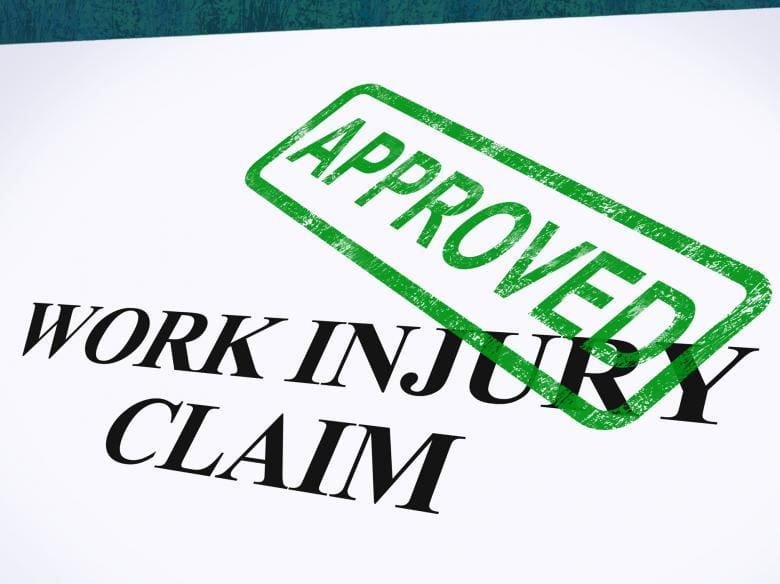
The environment in D.C. is diverse. Some people work federal government jobs with strict rules and structured processes. Others are in private businesses, or they work with contractors, nonprofits, or unions.
Because of that, the way a work injury claim is handled can vary depending on where you work. But no matter your job, every worker in D.C. deserves protection, and when an injury happens, they deserve a fair and clear path to getting the help they need.
Now, if you’re trying to start a Washington, DC, work injury claim, you don’t just tell your boss what happened and move on. There’s paperwork to fill out, timelines to meet, and medical proof you’ll need to gather. The Office of the District of Columbia Workers’ Compensation has made things easier than they used to be, but there are still details you can’t afford to miss.
The First Step After Getting Hurt
Let’s say the injury just happened. Your first move should be to get medical attention. If it’s an emergency, don’t wait for anyone’s permission before you go to the ER or get urgent care.
Once things are stable, make sure you get all your medical records. You’ll need those later. And tell every medical provider that this injury happened at work. That helps them document it properly and makes your claim stronger.
While you’re recovering, gather everything related to the injury. That means photos of the place where it happened, any equipment involved, and, if possible, statements from people who saw it happen.
Even though workers’ comp is technically a no-fault system, having clear proof helps move things faster and avoids problems if your claim is ever questioned.
What to Do If Your Employer Doesn’t Cooperate
Sometimes, employers don’t want to deal with injury reports. If your employer refuses to file your injury report or doesn’t give you the right forms, don’t let that stop you. Write down what happened and when, then send a written notice to your employer so you have proof.
Then, you can go directly to the D.C. Office of Workers’ Compensation yourself. You can also report your injury directly to their insurance provider.
If things are still stuck, you might need to speak with a workers’ compensation attorney. They can step in and make sure your claim doesn’t get delayed or denied unfairly.
Filing Your Claim Through ECOMP
Once you’re ready to file officially, you’ll use a system called ECOMP. It’s an online platform that the government uses for these kinds of claims. You’ll need to create an account on the website. It’s totally free, and you don’t need your employer’s permission to do it.
Once you’re in, there are two main forms:
- CA-1: If you had a sudden injury (like a fall or an accident).
- CA-2: If your illness or injury developed over time (like exposure or repetitive strain).
These forms are how your claim officially gets on record, and they’re the key to unlocking benefits like medical coverage and wage replacement. Make sure you fill everything out clearly and upload all your supporting documents, including your medical reports.
Wrapping Up
If you’re employed in D.C., your employer is legally required to have workers’ compensation insurance if they have just one employee, even if that’s a part-time worker. But here’s the thing: you only count as an employee under this rule if you’re officially hired by the company. That means people like freelancers, gig workers, or volunteers usually aren’t covered under the law unless there are special circumstances.
The clock starts ticking the moment you get hurt or realize your illness is work-related. In D.C., you need to report your injury to your employer as soon as possible and absolutely no later than 30 days after the incident or diagnosis.
You’ll fill out a form called DCWC Form 7 to report it. After that, you’ll also need to file a claim using Form 7A, which officially starts the process to get your benefits. You’ve got 1 year to do that part, but don’t wait because delays can mess up your chances of getting approved.